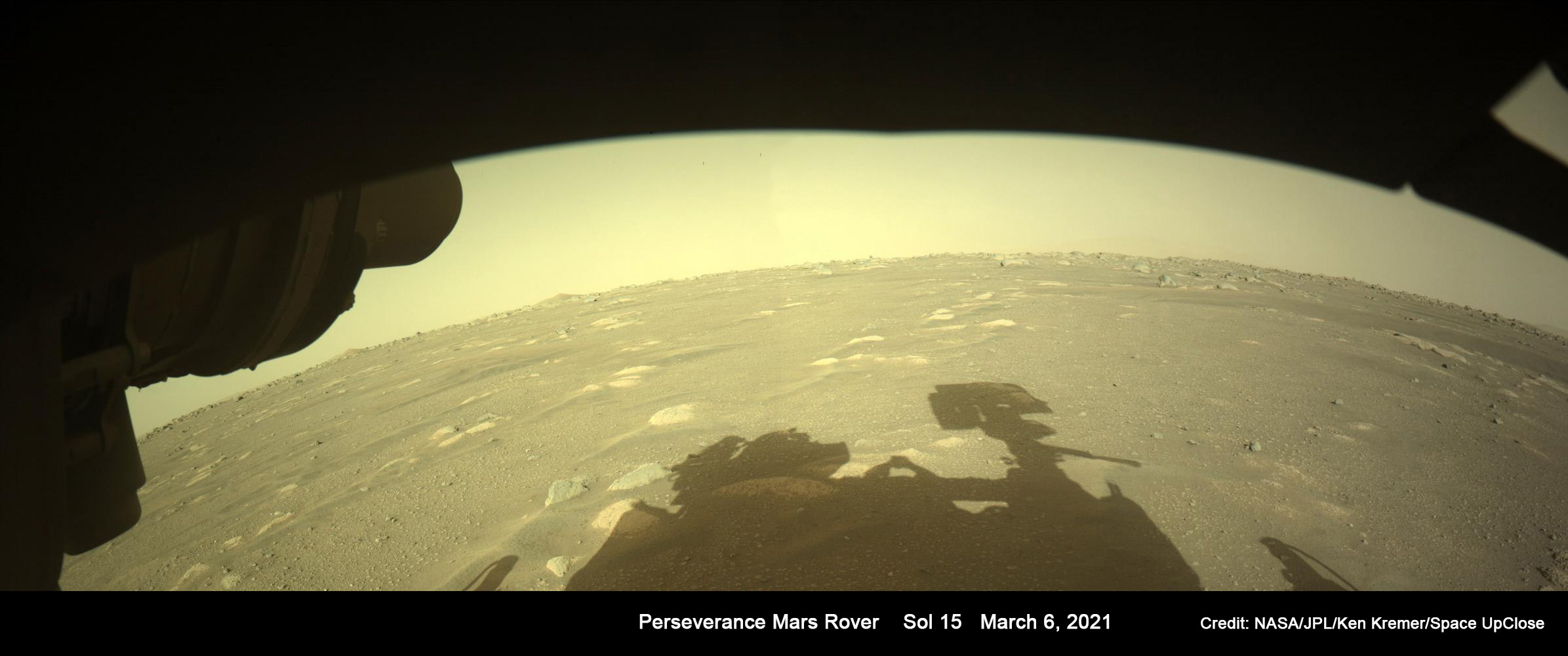
For SpaceUpClose.com & RocketSTEM
CAPE CANAVERAL, FL – Soon after NASA’s Perseverance rover performed her first test drive on Martian terrain, the six wheeled robot captured a unique pair of images I’m naming the ‘Shadow of a Martian Robot – Perseverance’ on Sol 15, Saturday, March 6 and which I have stitched into a beautiful shadow selfie mosaic that transports us to Jezero Crater on Mars – see mosaic above.
The individual pair of raw images were taken in color by the left side front hazard avoidance camera (Hazcam) this weekend and sent back to Earth later Saturday evening, March 6.
I combined the left hazcam images into a breathtaking mosaic and the hazcams show a striking self-portrait in shadow of the Perseverance robots head or mast and a portion of the arm and the MEDA wind sensor centered below the deck of the rover – captured from sunlight cast by our common sun.
Edit March 9: The selfie mosaic was featured at Space.com space news website on March 9, 2021
Seeing the mast – or Remote Sensing Mast (RSM) – distinctly separated from the robotic arm and rover deck as a human like head is what excites me in this particular composition by placing us on Mars.
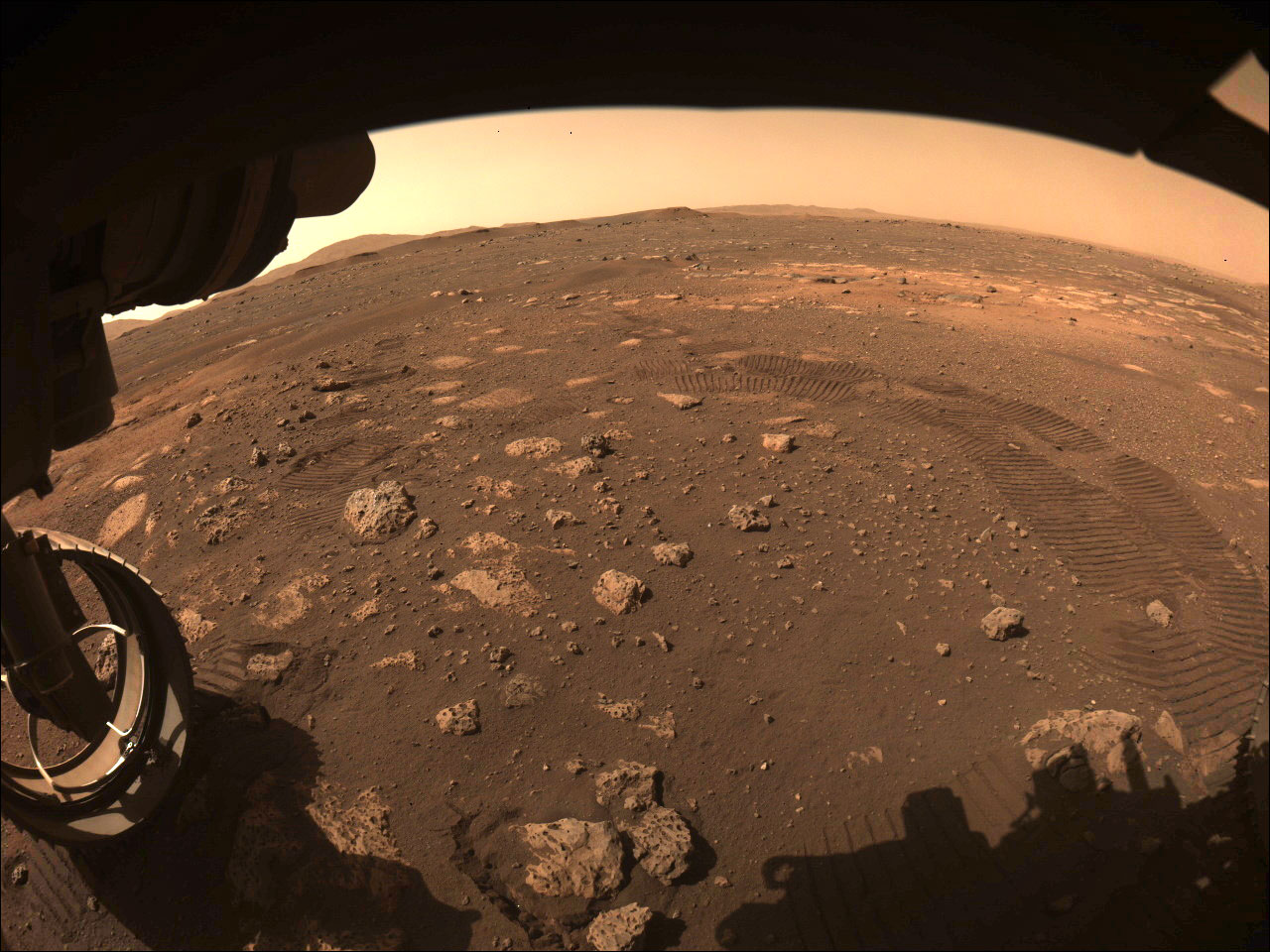
The right side front hazcam also captured two color raw images on Sol 15 with a slightly different ‘Shadow of a Martian Robot’ perspective – see my mosaic below.
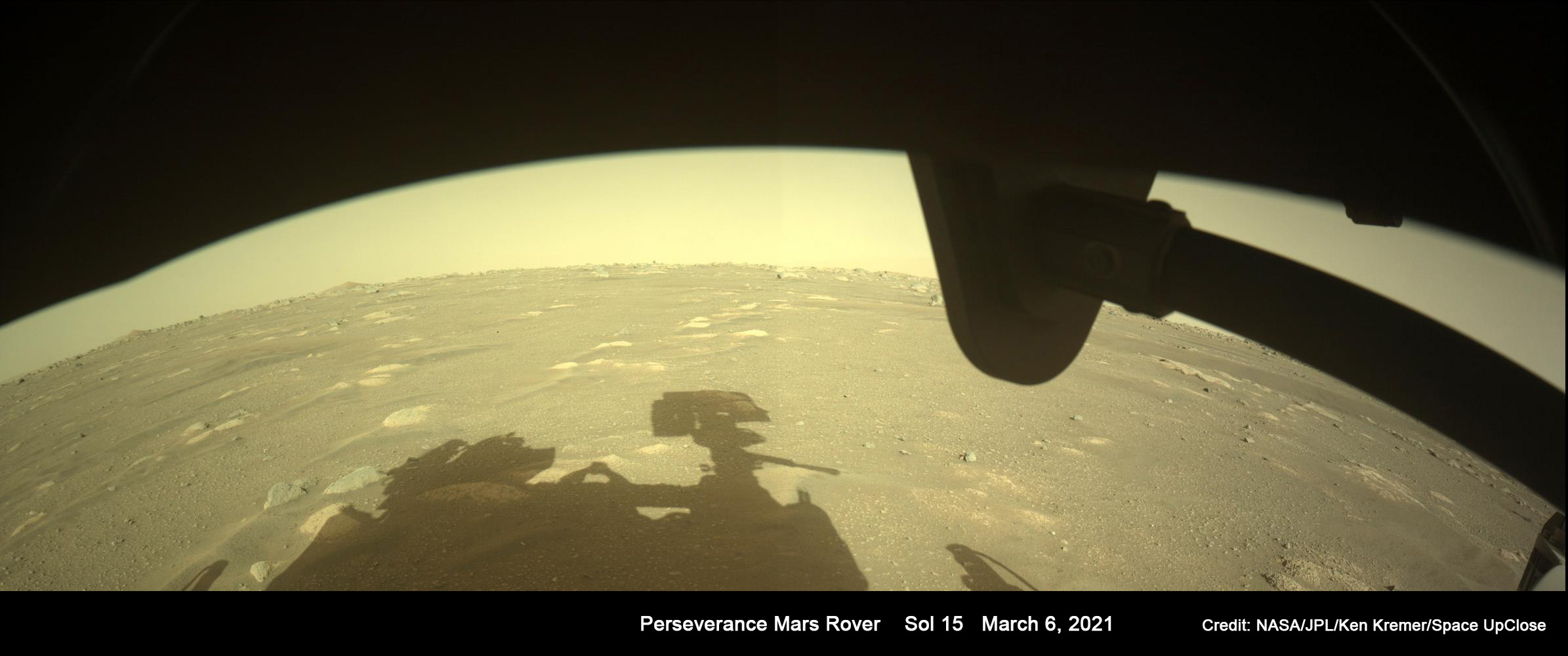
The ‘Shadow of a Martian Robot’ is one of those images captured by Red Planet rovers and awaited by Mars enthusiasts ever since the famous shadow selfie taken by NASA’s Opportunity rover when the sun enabled her to catch her own shadow cast by the sun with Endurance crater in the background.
The self-portrait of NASA’s Mars Exploration Rover Opportunity “comes courtesy of the Sun and the rover’s front hazard-avoidance camera. The dramatic snapshot of Opportunity’s shadow was taken as the rover continues to move farther into “Endurance Crater.” The image was taken on sol 180 (July 26, 2004), a date that marks achievement of fully double the rover’s primary 90-sol mission,” NASA wrote in the image release at the time.
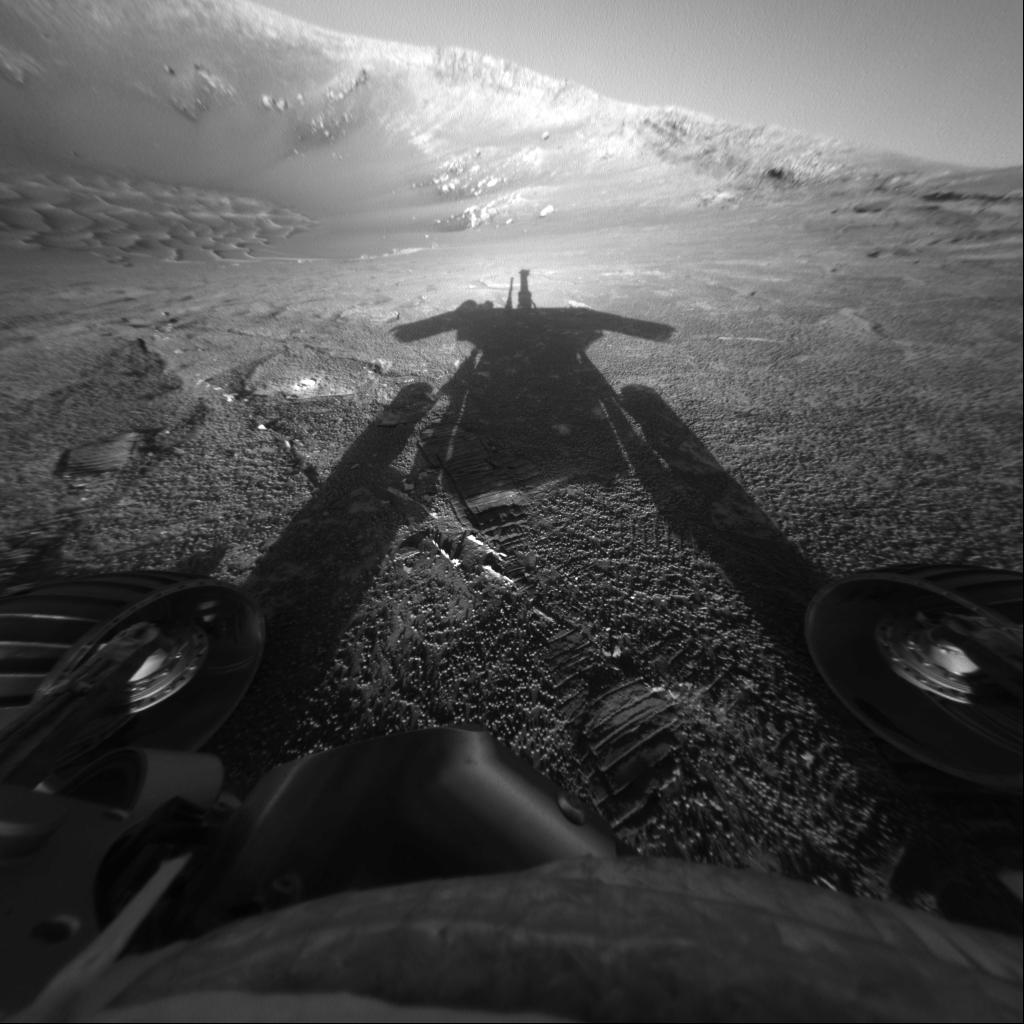
The hazcam cameras have been upgraded to color on the Perseverance rover mission. They were only capable of Black and White on NASA’s prior Spirit, Opportunity and Curiosity Mars rovers.
Another Opportunity mosaic I co-created with Marco Di Lorenzo shows a shadow of Opportunity at Santa Maria crater on her 7th anniversary on Mars on Sol 2476 – and was featured at Astronomy Picture of the Day (APOD) on Jan 29, 2011. See below.

Meanwhile the science and engineering team continues to check out the robots systems and calibrate the seven state of the art science instruments around the landing site.
The landing site now bears the name “Octavia E. Butler Landing” where the six wheeled robot touched down safely two weeks ago on Feb. 18, 2021 after a seven month interplanetary voyage through space and surviving the ‘7 Minutes of Terror’ plunge through the tenuous atmosphere.
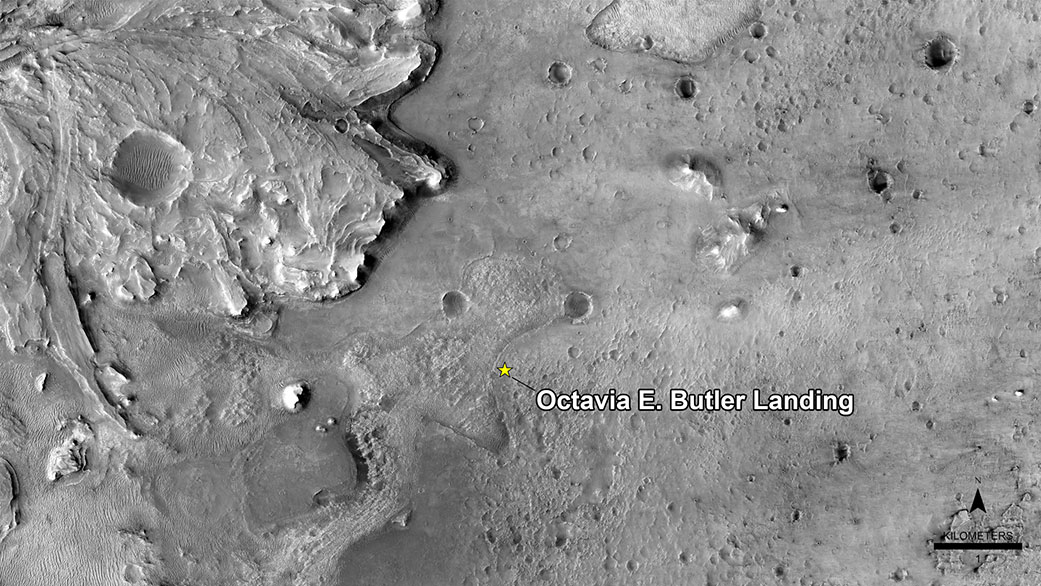
The first test drive may have been short but it marked a tremendous boost for the team going ahead knowing that Perseverance is fully capable to meet the hopes and goals of the mission and carry out ground breaking science on her astrobiology mission to search for signs of ancient Martian microbes and gather samples for return to Earth about a decade from now.

The key objective of Perseverance is to carry out an astrobiology mission in search for signs of ancient microbial life in the rocks and soil that may contain preserved biosignatures of microbial organisms in the dried out river delta at Jezero Crater where liquid water once flowed more than 3 billion years ago.
The rover will characterize the planet’s geology and past climate, pave the way for human exploration of the Red Planet, and be the first mission to collect and cache Martian rock and regolith (broken rock and dust).
The prime rock targets are stromatolites which consist of sedimentary layers on fossilized mats of microorganisms deposited billions of years ago.
Perseverance counts as first leg of a truly ground breaking astrobiology expedition aimed at collecting and caching dozens of pristine soil and rock samples that will be returned to Earth a decade from now in search of tell-tale signs of past life and eventually pave the way for human exploration of the Red Planet in the late 2030s.
Subsequent NASA missions, in cooperation with ESA (European Space Agency), would send spacecraft to Mars to collect these sealed samples from the surface and return them to Earth for in-depth analysis.
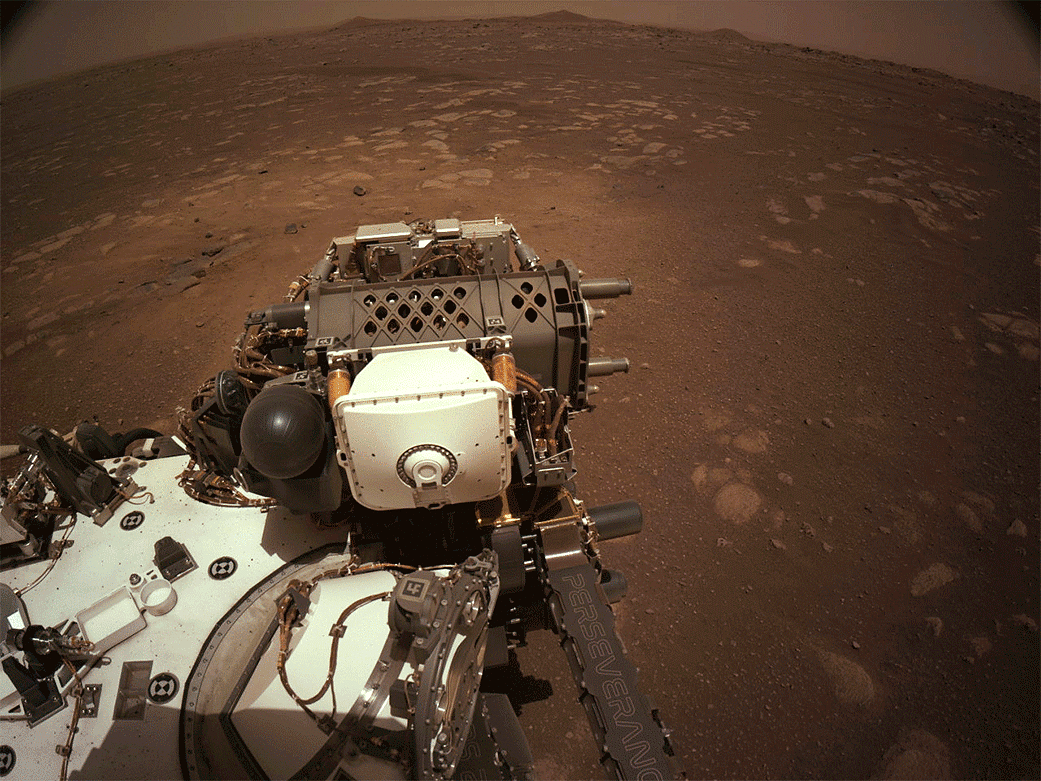
Watch our live and complete ‘Stay Curious’ with live Perseverance landing commentary Feb 18, 2021 as well as earlier programs on Mars Mania on Feb 12.
https://www.facebook.com/175507880819/videos/752176242375043
https://www.facebook.com/175507880819/videos/3246699658764085
Watch Ken’s continuing reports about Mars 2020 Perseverance and Curiosity rovers, Artemis and NASA missions, SpaceX, Starlink, Commercial Crew and Starliner and Crew Dragon and onsite for live reporting of upcoming and recent SpaceX and ULA launches including Crew 1 & 2, Demo-2, ISS, X-37B, Solar Orbiter, NRO spysats and national security missions and more at the Kennedy Space Center and Cape Canaveral Space Force Station.
Stay tuned here for Ken’s continuing Earth and Planetary science and human spaceflight news: www.kenkremer.com –www.spaceupclose.com – twitter @ken_kremer – email: ken at kenkremer.com
Dr. Kremer is a research scientist and journalist based in the KSC area, active in outreach and interviewed regularly on TV and radio about space topics.
………….
Ken’s photos are for sale and he is available for lectures and outreach events
Ken has created hundreds of widely published Mars rover mosaics and lectures also about NASA’s Mars rovers
Please consider supporting Ken’s work by donating at Patreon:
https://www.patreon.com/kenkremer
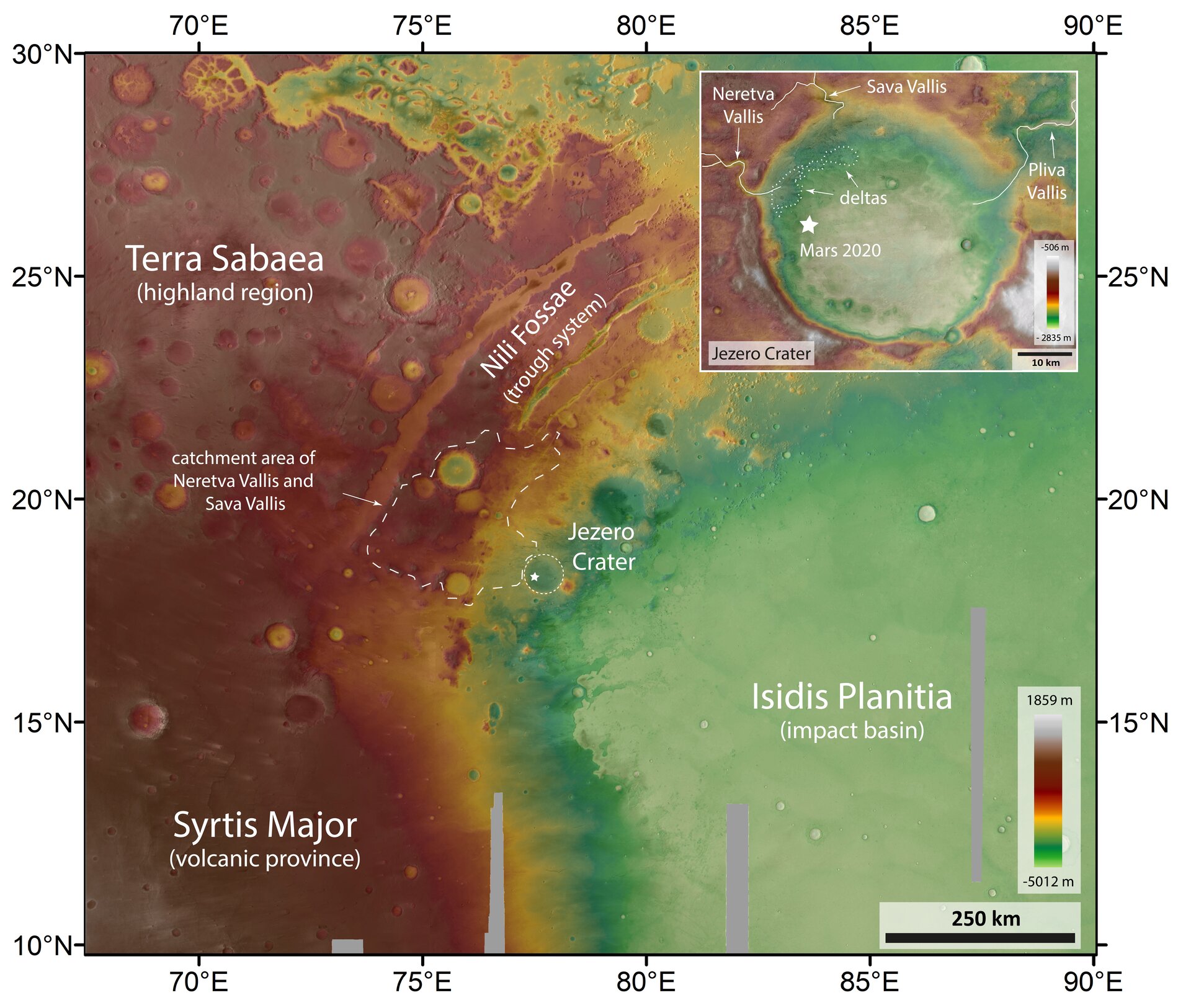
x




8 thoughts on “Shadow of a Martian Robot – Perseverance Rover Snaps Beautiful Shadow Selfie: Mosaic”